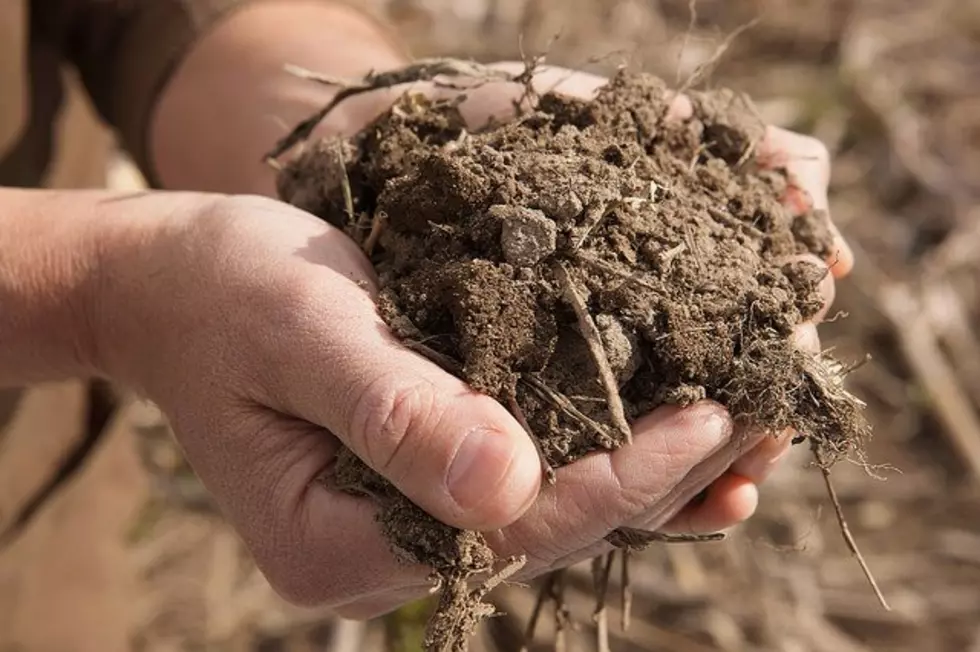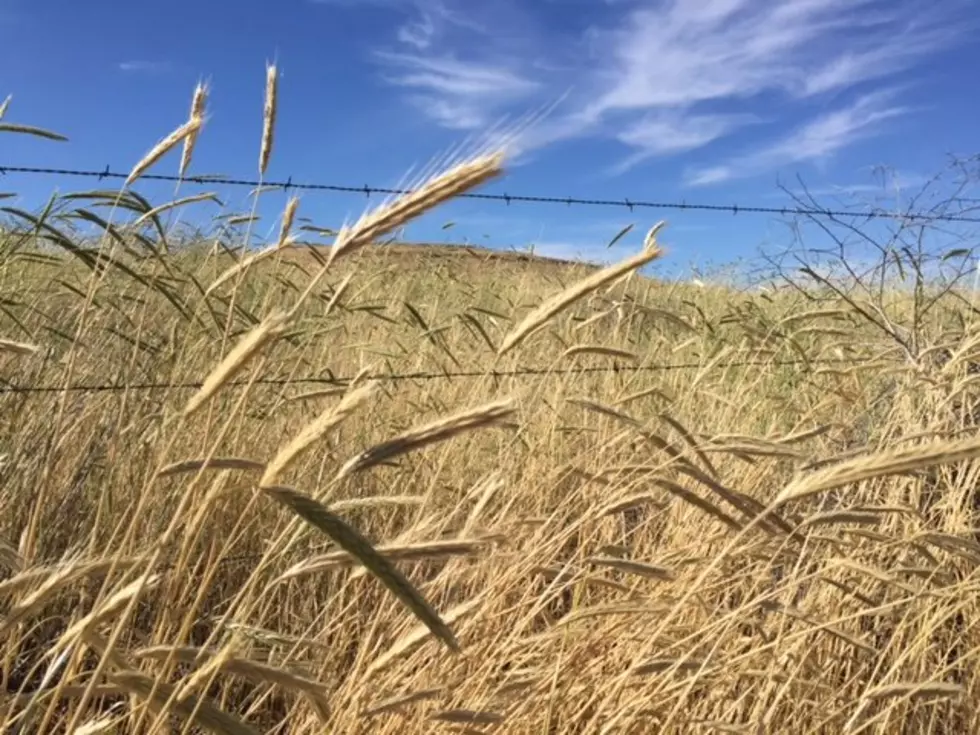
Garden Minute Oct 20 – Cover Crops Benefit Gardens
The term cover crop is often thrown out as a way to benefit farmers who might be looking to improve soil health, yield and much more, but they can also benefit our own home gardens.
Douglas Collins with WSU’s Small Farms Program said there are many ways that cover crops can help the average gardener with their soil.
“This is primarily by adding organic matter. Any plant that grows is taking carbon out of the atmosphere and then when we turn that cover crop into the soil we’re taking that carbon and putting it in the soil and this is the sugar and food for all the microorganisms in the soil.”
Cover crops can also smother weeds and remove excess nitrogen from the soil when it’s not needed while fixing nitrogen in the soil when it is.
Planting cover crops in the fall will allow them to go dormant in the winter before they can help the soil for a short time in the spring but Collins said don’t wait too long to deal with it in the winter.
“We want to kill the cover crop before it creates viable seed. Cover crops can become a weed if we produce seed and drop that seed into the soil where we don’t want it.”
WSU has a guide for any home gardener decide which cover crop they should plant in their garden based on their location. It's called “Cover Crops for Home Gardens East of the Cascades” and it is accessible online at the WSU Publications website.
If you have a story idea for the Washington Ag Network, call (509) 547-1618, or e-mail krounce@cherrycreekradio.com.
More From PNW Ag Network








